Planting Technology Lists
-
Propagation and High-yield cultivation techniques of Flos Lonicerae
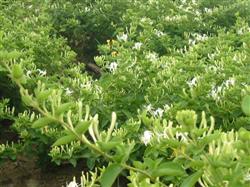
Honeysuckle (lonicerajaponicathunb), alias honeysuckle, Erhua, honeysuckle or mandarin duck vine, is a semi-evergreen twining vine of Lonicera, with young branches densely covered with coarse hairs and glandular hairs, leaves opposite, ovate or ovate-lanceolate, 3-50n long, entire, coarsely hairy on both sides when young. Flowers in pairs in leaf axils, Corolla tubular,.
2018-07-19 -
Seedling raising and High-yield measures of Honeysuckle cuttings
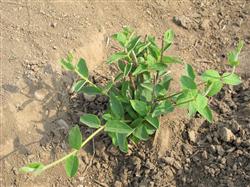
The buds, flowers and leaves of honeysuckle can be used as medicine to clear away heat and reduce inflammation; rattan is used as medicine to treat rheumatic bone pain; flowers can extract aromatic oil and honeysuckle dew; it is also an ornamental tree species cultivated in landscaping and garden. First, honeysuckle cutting seedlings honeysuckle can be propagated with seeds, but also with cutting and root propagation.
2018-07-19 -
Field-to-home cultivation techniques of bamboo ginseng
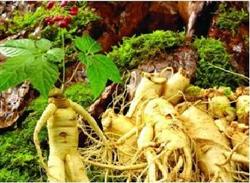
(1) Cuttage is generally used for propagation. Cuttings with 5-7 leaves and about 15 cm of mature branches are cut into the sand bed. The row spacing is 4 cm × 10 cm. Keep the sand bed moist and grow roots for transplanting in about 20 days. It can be cut all year round, and it is easy to take root in spring and autumn. It is appropriate to choose a shady area as a seedbed in summer.
2018-07-19 -
Ginseng Blight and its Control
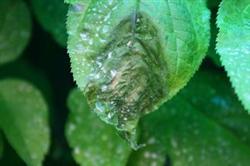
Rain Water is big this year, and the high temperature and humidity are very suitable for the reproduction of ginseng blight. The optimum temperature for the occurrence of ginseng blight is the soil temperature of 10: 30 ℃, the soil temperature of 20: 26 ℃ is the most suitable for the disease, and the disease will stop when the temperature is below 5 ℃ and above 30 ℃. The main pathogen causing ginseng blight is flagellum subphylum, Phytophthora is true.
2018-07-19 -
Control methods of ginseng grub
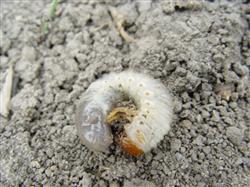
The grub is the larva of the big beetle. It is a gluttonous pest, which can endanger continuously. In general, the soil temperature of 10 cm in the surface layer of soil begins to move at 5 ℃ in spring, and the most suitable soil temperature is 13-18 ℃ on average. When it is higher than 23 ℃, it gradually transfers to the deep soil layer, and then moves to the upper soil when the soil temperature drops to its suitable active temperature in autumn. Daily life.
2018-07-19 -
Prevention and control of ginseng infestation
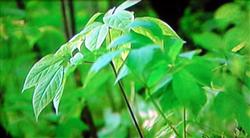
The insect is known as the golden needle worm, also known as the iron filament, the golden tooth rake, the yellow caterpillar and so on, and its adult is also called the kowtow worm. It belongs to Coleoptera, Conchidae. The harm to ginseng is the most serious. The general soil begins to move after thawing, mainly harming the underground part of ginseng rhizome by larvae, generally from ginseng root to 10 cm layer on the surface.
2018-07-19 -
Control methods of Ginseng Grey Weevil
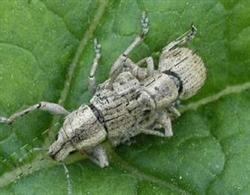
The big gray weevil, also known as the weevil and Tula donkey, is 9-12 mm long, grayish yellow or grayish black and densely covered with gray-white scales. The head and beak are densely covered with golden glowing scales. The pests occurred this year mainly feed on young stems and leaves on the surface during seedling emergence, causing great harm. After being alarmed, he pretended to die and landed on the ground in the early morning and evening. ...
2018-07-19 -
Control of ginseng diseases

Ginseng is a kind of ginseng plant belonging to Araliaceae, mainly produced in Jilin, Liaoning, Heilongjiang and other provinces. The root, stem, leaf and fruit are used as medicine, and have the functions of greatly tonifying vital qi, strengthening heart, relieving fatigue, benefiting heart, restoring pulse, promoting body fluid and tranquilizing mind. Ginseng disease variety, there are more than 20 kinds in our country, the current production of widespread, serious harm to some people...
2018-07-19 -
What about the deformity of Pleurotus ostreatus?
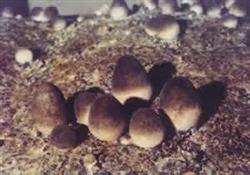
Ask for help: is there any way to make volvariella volvacea increase production? The planting network teaches you three methods to increase the yield of volvariella volvacea: the secondary inoculation is beneficial to the yield increase of volvariella volvacea. The mycelium of volvariella volvacea grows too fast and ages easily, which weakens its vitality and can not make effective use of the nutrients in the culture material.
2018-07-19 -
How to control sweet-scented osmanthus whitefly
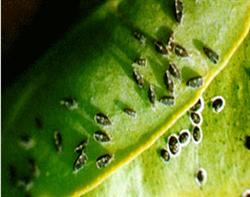
The adult and larval needles are inserted from the back of the leaves to absorb the leaf juice of flowers. Make leaves withered and yellow and fall off, adults can secrete "honeydew", nourish coal fouling bacteria, cause soot disease, pollute leaves and branches, destroy photosynthesis and respiration, make flowers grow badly, cause leaves to wither and yellow, tree potential to weaken or the whole plant to die.
2018-07-19
